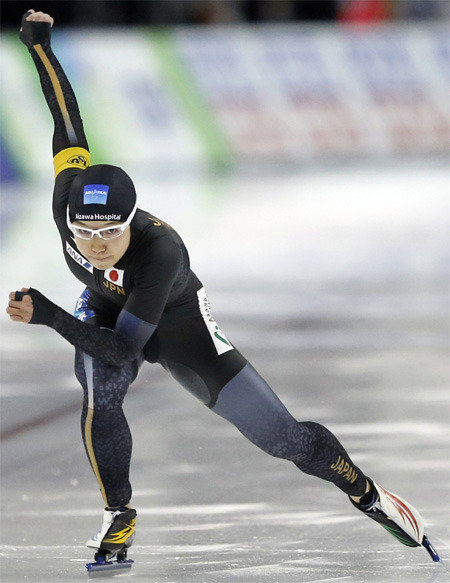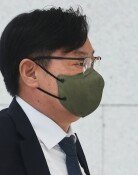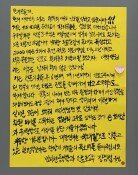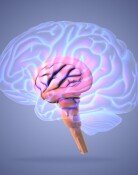Nagoya becomes the cradle of Japanese figure skating
Nagoya becomes the cradle of Japanese figure skating
Posted January. 09, 2018 09:11,
Updated January. 09, 2018 09:33

The Nippon Gaishi Hall in Nagoya, where the ISU Grand Prix of Figure Skating Final was held from December 7 to 10, was alive with enthusiasm by the crowd. The Japanese audience holding the Japanese flags hailed Japanese skaters with hearty cheers. After every performance by Japanese skaters, fans threw so many stuffed animals on the ice. “Tickets for the main competition and the gala were sold out early,” said an official of the skating competition.
The city of Nagoya is called “the cradle of Japanese figure skating.” Mao Asada, former Japanese figure skating star, and Midori Ito, who won the World Championship for the first time as an Asian skater in 1989, are also from Nagoya.
“From long ago, people in Nagoya would freeze the water in swimming pools in winter and transform them into ice rinks. Aichi Prefecture, including Nagoya, has eight ice rinks, which is more than other cities,” said an official from the Japanese Skating Federation. “Thanks to this advantage, the city could produce many figure skating stars. People in Nagoya, ranging from children and senior citizens, love figure skating.”
Among the crowd was Reiko Yamada (10), who said she wanted to become a figure skater. “Watching the performance by Shoma Uno (21), I promised myself that I will participate in the Nobeyama camp training next year,” said Reiko with strong determination. “I want to be trained in the elite program and become a world-class skater.”
When Midori Ito, who was a favorite to win the gold in the ladies’ figure skating event at the 1992 Albertville Winter Olympics, ended up winning the silver medal, Japan established special measures. They thought they should not put a heavy burden on one skater but instead produce multiple world-class competitive skaters to raise the possibility of winning the gold.
To that end, the Japanese Skating Federation has been selecting 60 prospects aged from 8 to 12, who passed regional competitions, to have a four-day camp training at Nobeyama Center since 1992. During the camp, those rising stars get a chance to listen to the lectures from Olympic medalists. They also receive evaluation on their basic physical strength, muscular strength and agility. “Young skaters receive a variety of trainings, such as ballet, meditation, and acting so that they can develop expressive artistry,” said Kobayashi, the head of the center. “We evaluate them on how fast they master them.”
The selected prospects are under strict management of the federation. They increase their competitiveness by participating in many international competitions and cultivate their ability by fiercely competing with other older skaters. The rising skaters also get a chance to be coached by famous world-class coaches.
“Sizuka Arakawa, who was among the first group of trainees at the center, won the gold at the 2006 Torino Winter Olympics, an achievement made 14 years after the training camp started,” said a promotion official of the Japanese Skating Federation. “We hope our trainees, including Yuzuru Hanyu, prove the power of our systematic program once again at the PyeongChang Winter Olympics.”
Yun-Cheol Jeong trigger@donga.com
Headline News
- Med professors announce intention to leave hospitals starting Thursday
- Bridge honoring Sgt. Moon Jae-sik unveiled in Pennsylvania
- Chief of Staff Chung tells presidential secretaries to stay away from politics
- US FTC bans noncompete agreements
- N. Korea launches cyberattacks on S. Korea's defense companies







